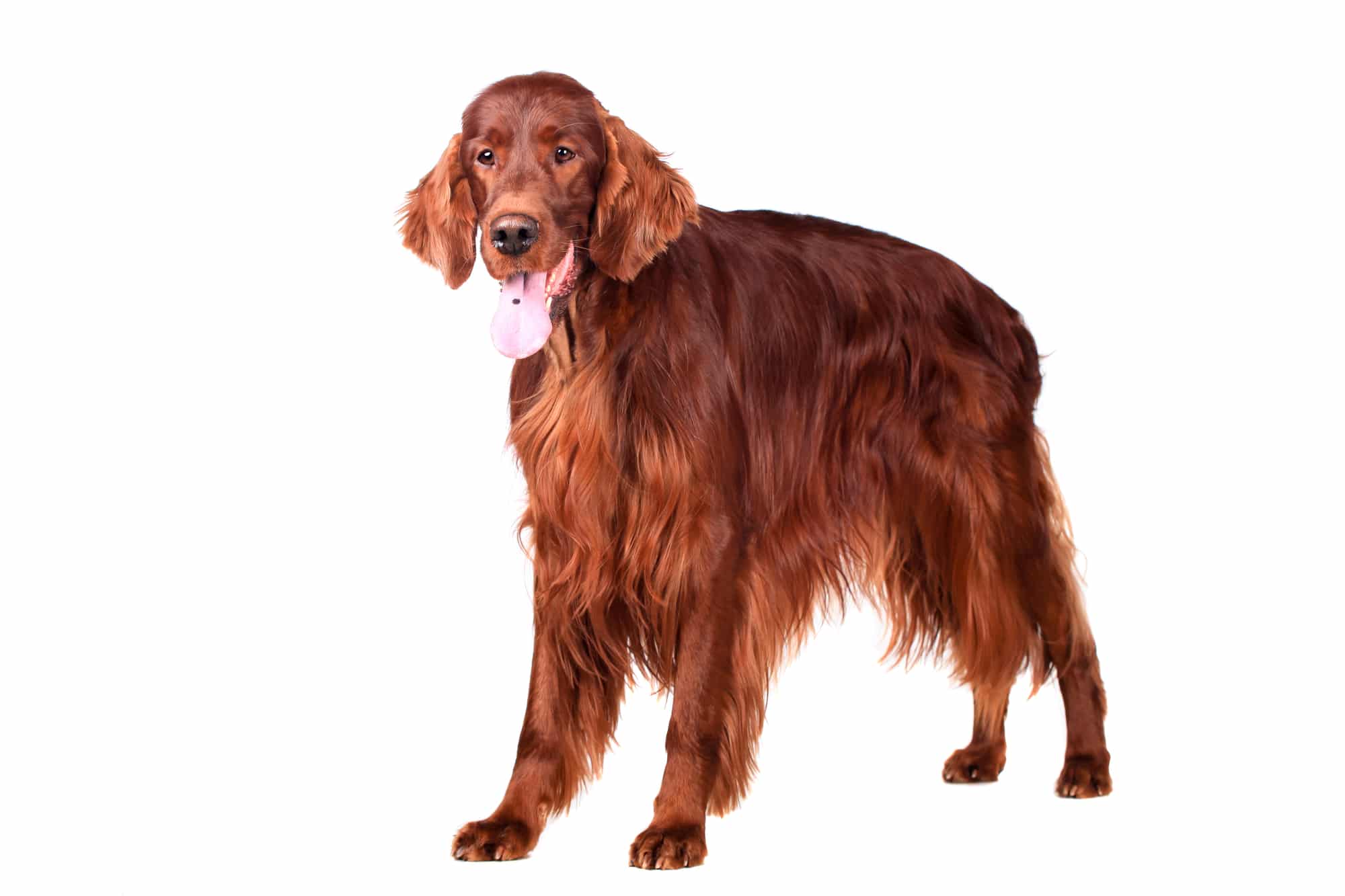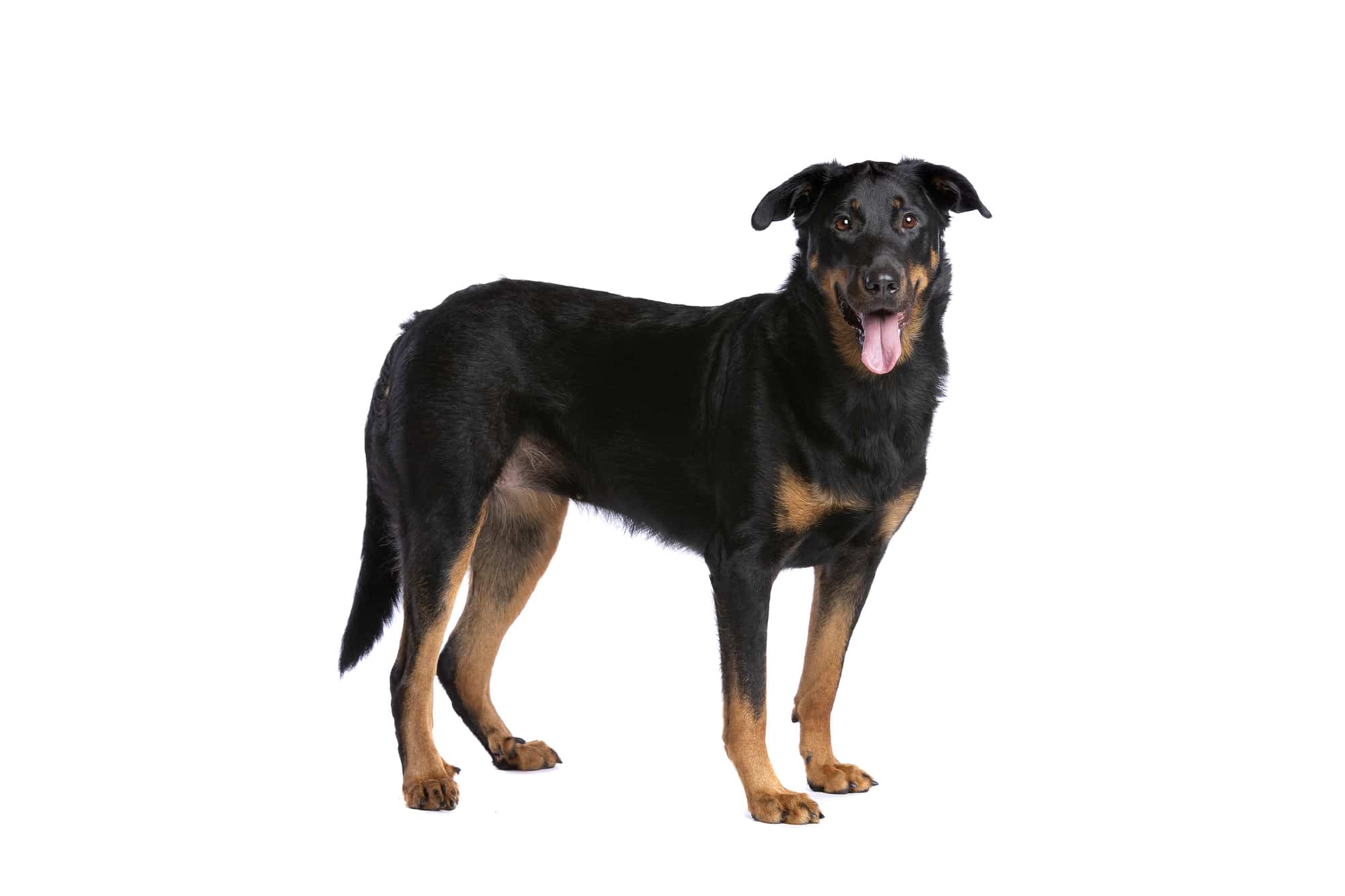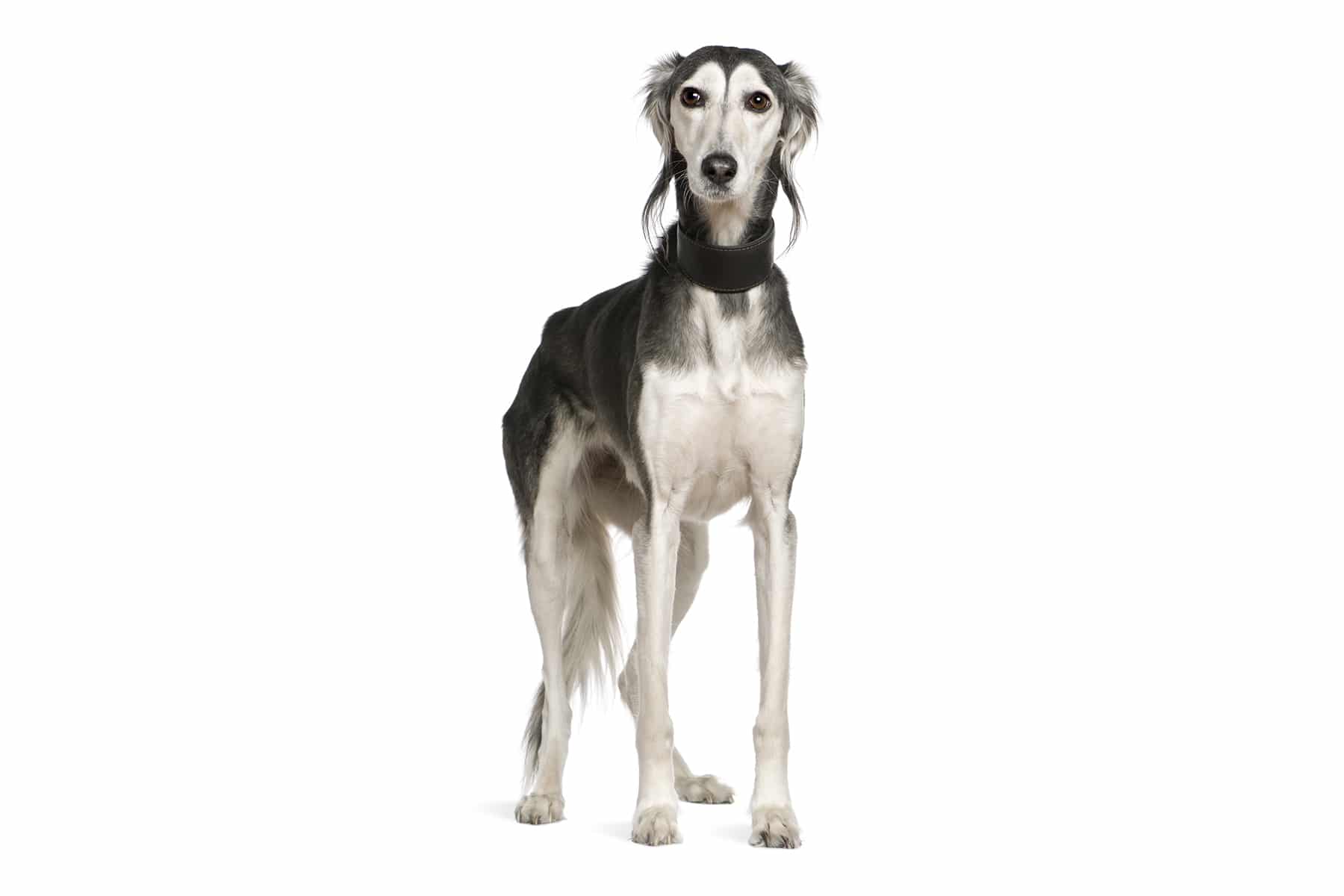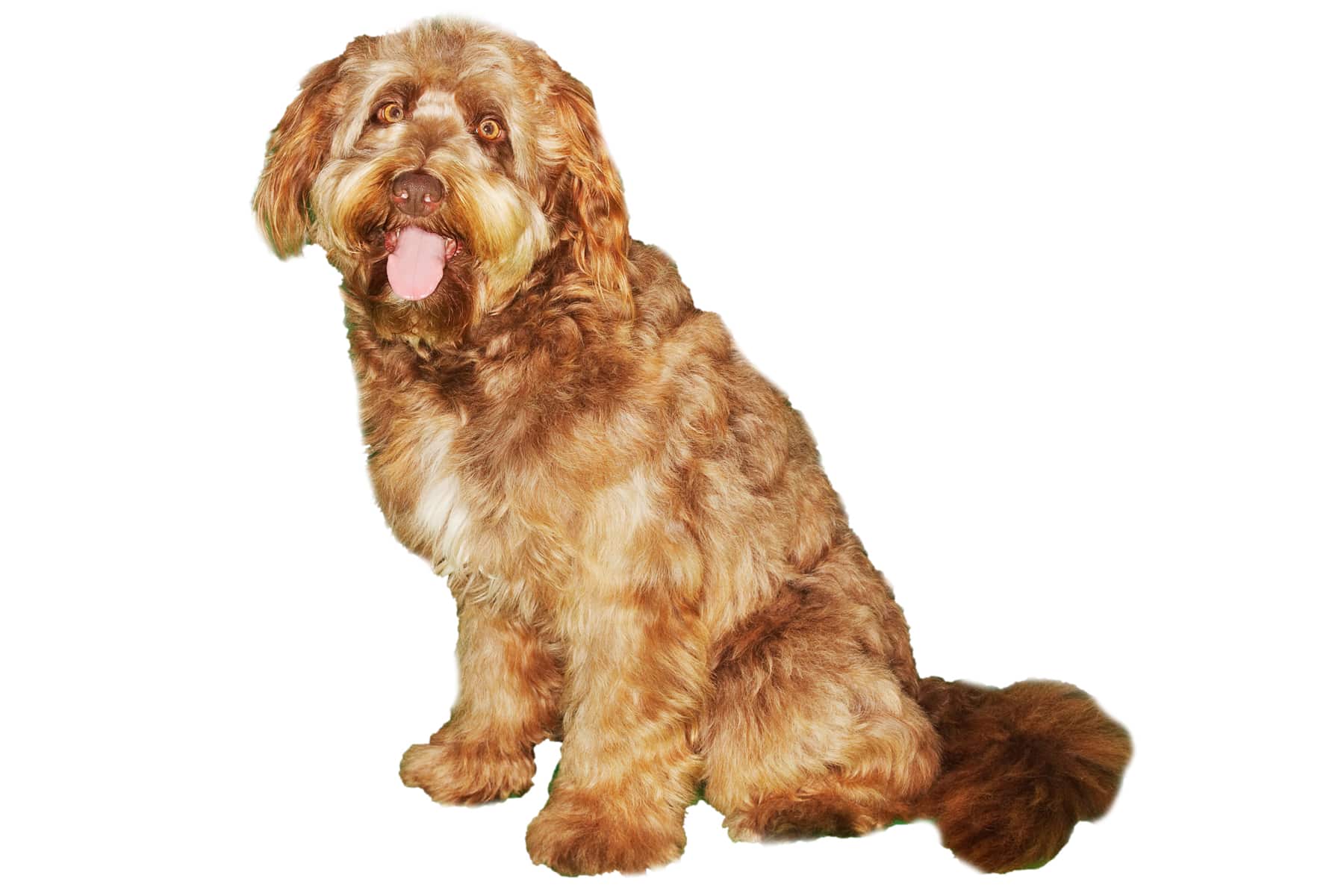Greater Swiss Mountain Dog
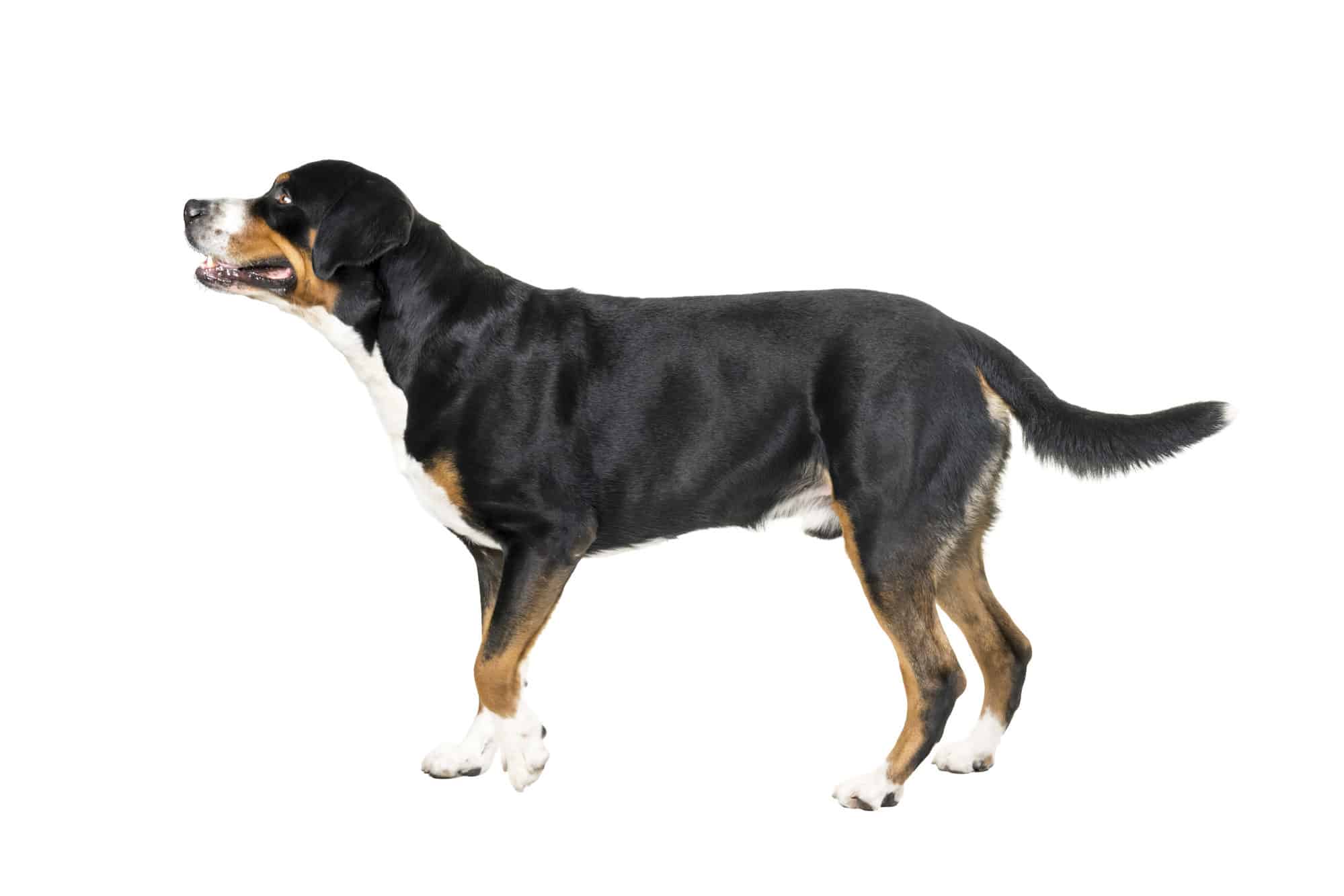
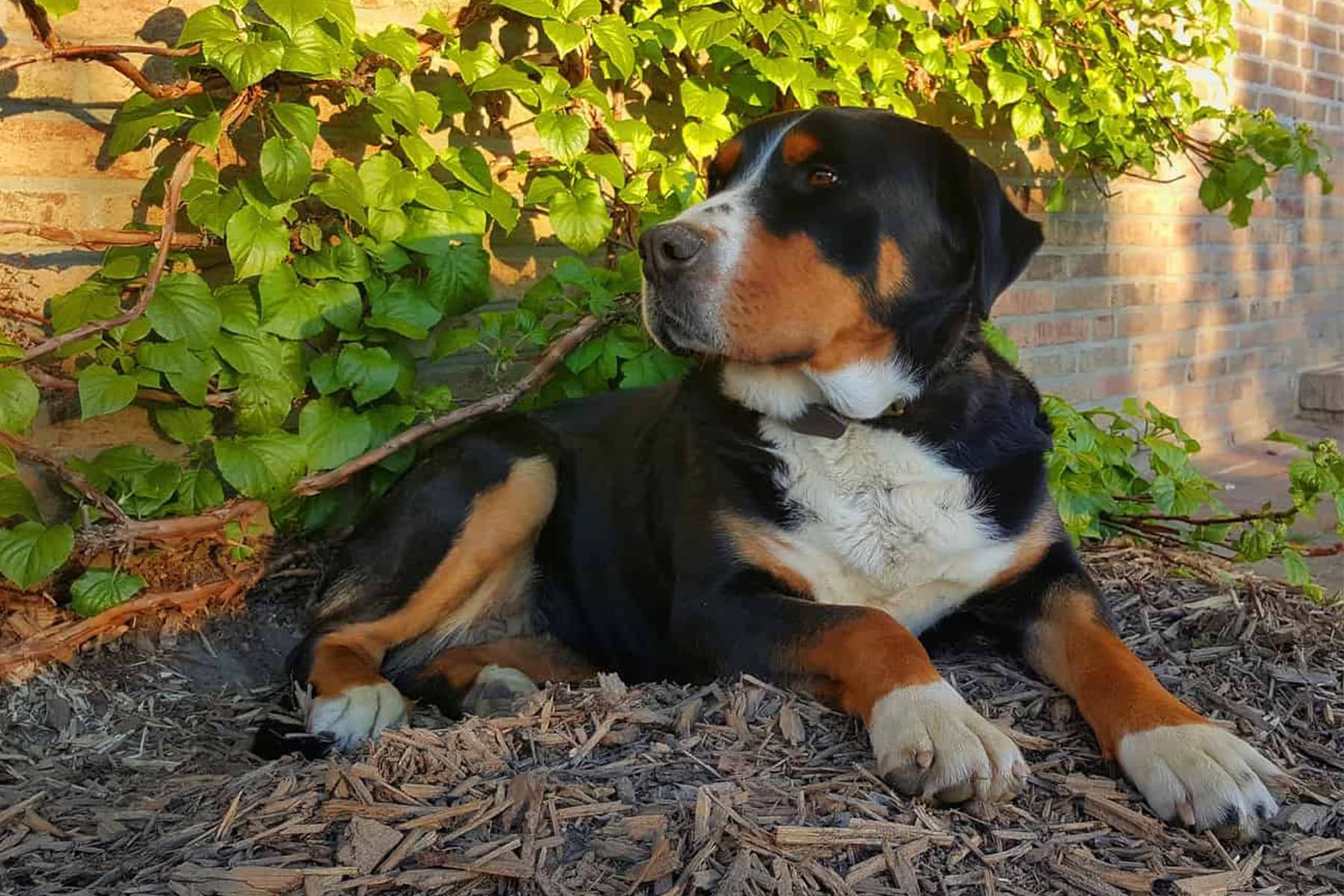
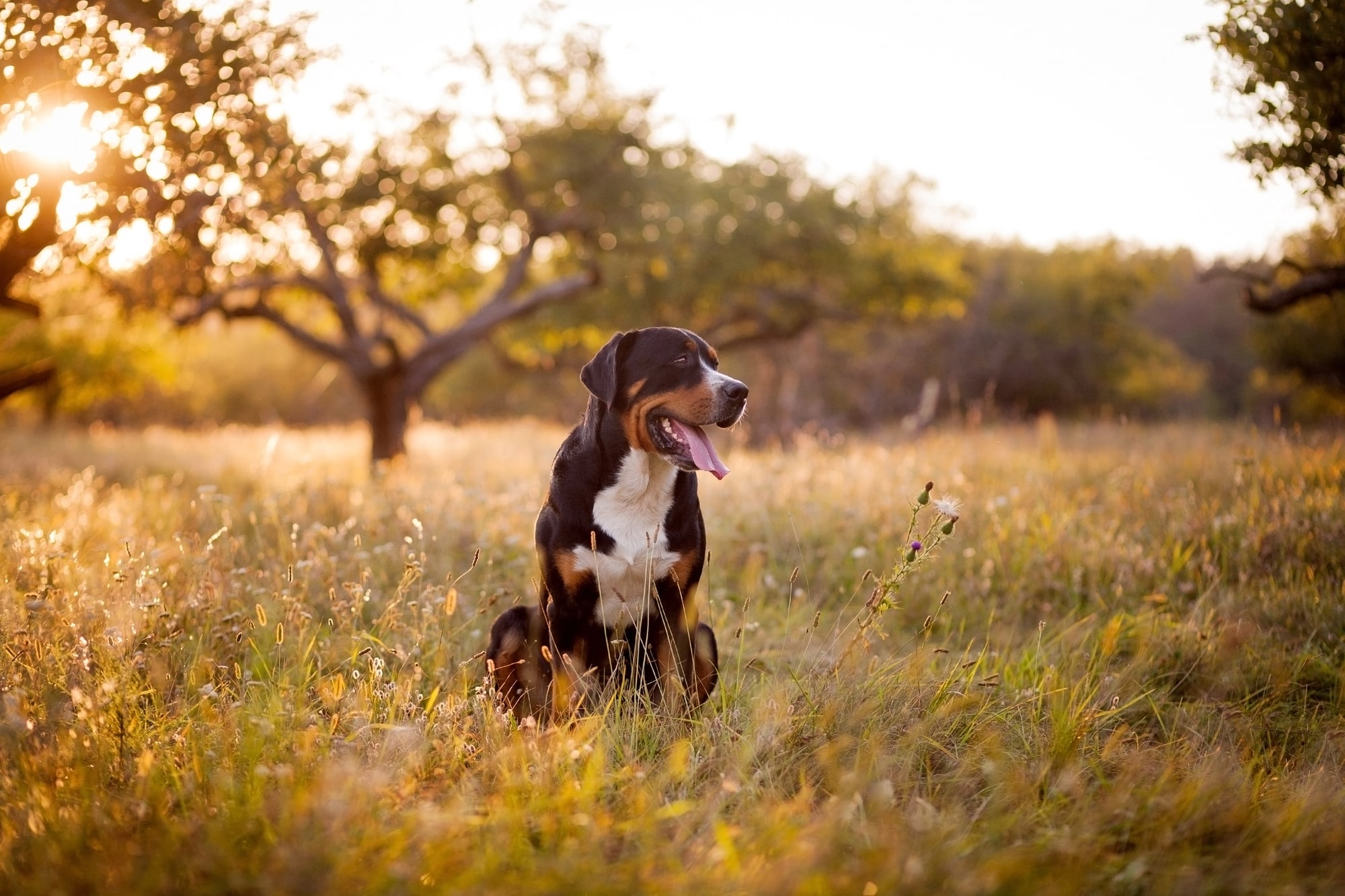
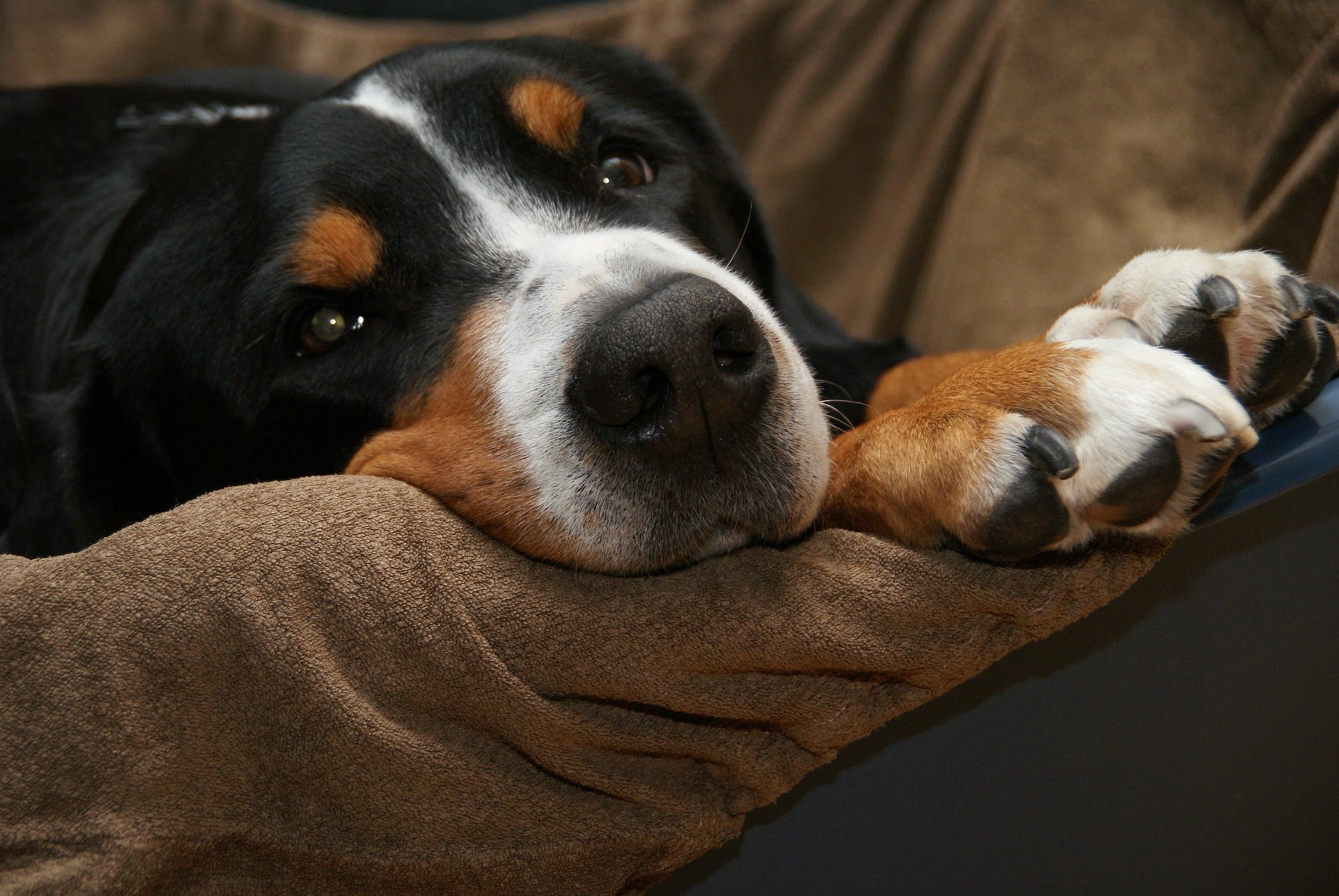
Temperament:
The Greater Swiss Mountain Dog is generally considered to be a good-natured dog that is very attached to its home and yard and enjoys being in good company. Its protective behavior towards its caregiver is very pronounced. Its affectionate nature makes it a particularly popular pet. He fits well into a family with a house and large garden.
Characteristics
The Greater Swiss Mountain Dog is, as the name suggests, a dog breed of Swiss origin. Its origins lie in the Swiss Alps, where it was once used as a versatile helper for farmers in the mountains. The Greater Swiss Mountain Dog is recognized by the Fédération Cynologique Internationale (hereinafter FCI) and classified in Group 2.
The Greater Swiss Mountain Dog is the largest of the mountain dogs. It has always been known to dog owners as a loyal companion dog with the skills of a working dog. It is also often used as a guard dog for the house and yard.
The Greater Swiss Mountain Dog is generally a large, robust and muscular dog. The height at the withers of males is 65 to 72 centimetres, that of females 60 to 68 centimetres. The weight is between 35 and 50 kilograms.
Despite its impressive size and weight, the Greater Swiss Mountain Dog is very agile. It proves its great stamina time and again on long walks.
His nature is calm, self-confident and very assertive. Nevertheless, the Greater Swiss Mountain Dog is always friendly and open to new things. He always shows a very companionable side when interacting with children. This makes him an excellent playmate.
The Greater Swiss Mountain Dog is also a barker. It tries to guard the house. His barking usually has a reason. In an emergency, it defends the house and yard without fear. It is generally suspicious of strangers. The Greater Swiss Mountain Dog can also show its stubborn side. However, this does not detract from its charm. On the contrary, it actually emphasizes his character.
His coat is short to medium length. The undercoat is soft and silky. This coat is also known as a stock coat. The coat coloration is tricolored. The base color is black. There are also the colors white and reddish brown. The white coloring is mainly found on the muzzle, the paws, the chest and the tip of the tail. The brown-red color is also referred to as brand in the specialist literature.
A typical characteristic of this breed are the so-called "double eyes". These double eyes are created by the reddish-brown spots above the eyes.
The Greater Swiss Mountain Dog has triangular, medium-sized ears. At rest, the ears hang flat on the head. When the animal becomes alert, the ears are turned forward. The dog's chest hangs low and appears broad, the tail hangs down when relaxed.
Coat care:
Shedding:
Energy level:
Trainability:
Children suitable:
The right food
When choosing food, make sure that it contains high-quality ingredients, is balanced and meets your dog's requirements. Age, size or weight, activity and health status play an important role. You should follow the manufacturer's recommendations for the amount of food.
Treats should only be fed in moderation and deducted from the basic diet to avoid obesity.
Puppies can be fed 4-6 times a day. The number of meals should be gradually reduced to 2 per day until the dog is fully grown.
Fresh drinking water should be available at all times.
As is usual with very large breeds of dog, the Great Swiss Mountain Dog can also suffer from stomach torsion. It is therefore important not to allow the dog to eat too hastily and to give it enough rest after eating. Some owners and breeders recommend giving the Greater Swiss Mountain Dog a raised bowl because of its size.
Health & Care
The Greater Swiss Mountain Dog is generally very easy to care for. Its short-haired coat, which absorbs very little dirt, requires no special care. The short-haired coat also tangles less. It therefore requires less grooming than many other dog breeds. Occasional combing, once or twice a week, is therefore sufficient.
If the Greater Swiss Mountain Dog does come home very dirty after a walk, it can be showered without any problems. Dog shampoo should be avoided or only used in small quantities.
Teeth and mouth should be brushed at least two to three times a week. The mouth should be checked for inflammation at least once a week. Discoloration of the gums must be checked by a vet.
The claws must be trimmed regularly. The ears must also be cleaned once or twice with a pH-neutral ear cleaner. When cleaning with a soft cotton pad, make sure that nothing gets into the ear canal. An unpleasant odor from the ear or redness may indicate an infection.
The Greater Swiss Mountain Dog is generally very robust. General illnesses are therefore rather rare. For the general - and physical - well-being of the dog, it is beneficial to give the Greater Swiss Mountain Dog a daily task.
Suitable accessories
The Greater Swiss Mountain Dog is a loyal friend. It doesn't take much to get him excited about something. His playful nature means he is happy to be lent out for fun tricks even without a treat.
Another thing that falls under the heading of "accessories" with the Large Swiss Mountain Dog is, as its name suggests, its need for lots of space. Keeping them in the city is therefore only recommended to a limited extent. A large garden is therefore ideal.
The dog is very adventurous and loves long, extensive walks. A lead and collar as well as a muzzle are sufficient accessories.
Other accessories that are part of every dog's basic equipment: dog basket or dog mat as a place to retreat, water and food bowl, tick tweezers, claw clippers, mild dog shampoo, brush and comb, toothbrush and toothpaste for dogs, transport box for transportation in the car and a first aid kit. Ask your vet what belongs in the first aid kit.
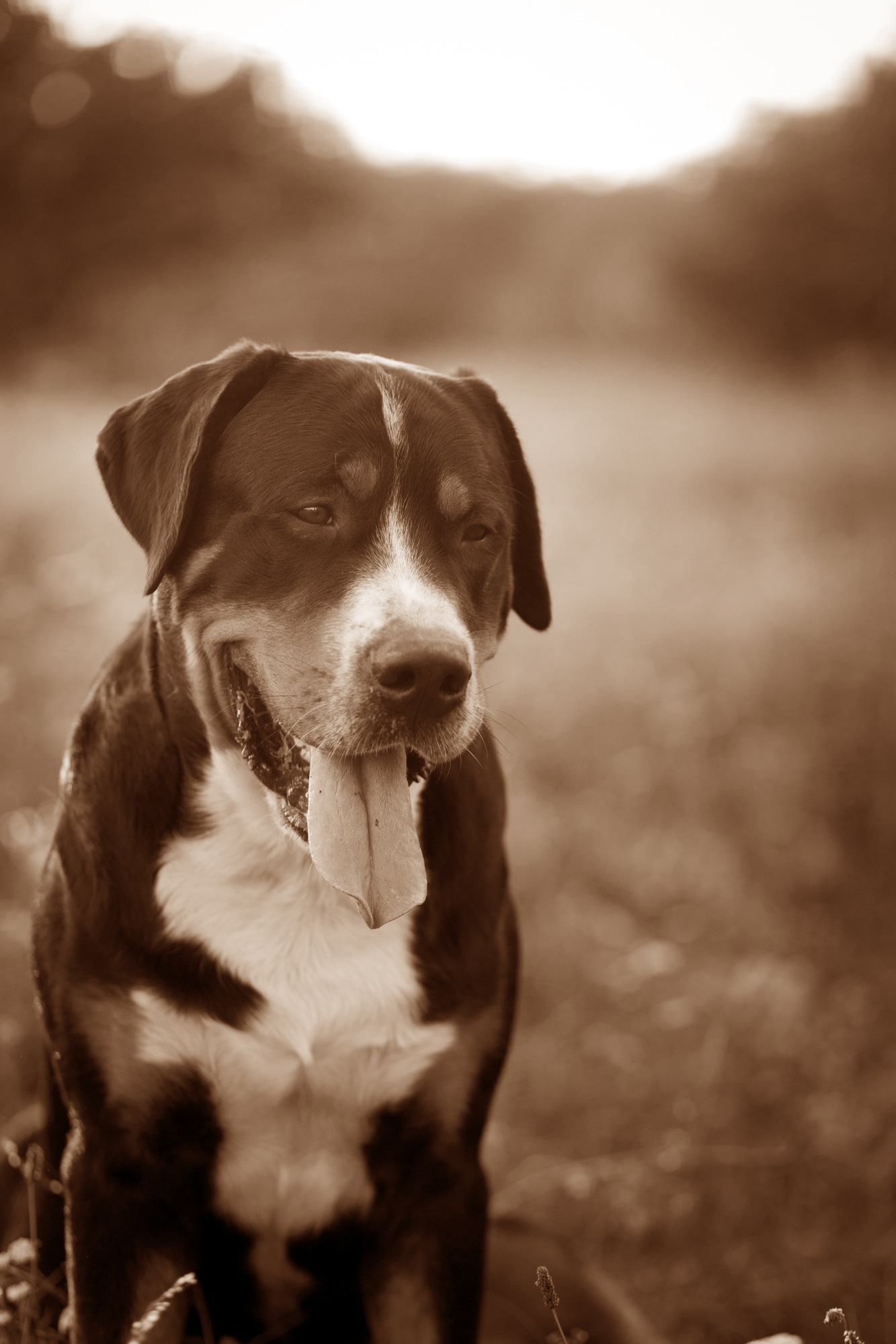
Origin & History
The Greater Swiss Mountain Dog is a breed of dog that has always been used by farmers in Switzerland. In addition to its qualities as a guard dog, it has always been used to guard and drive herds of cows and sheep.
However, the Greater Swiss Mountain Dog is best known for its ancestors. The larger members of the species used to be harnessed to carts. This is how the popular Swiss cheese was transported independently from the alp to the next village and back again.
Swiss Mountain Dogs used to be assigned to a single dog family. In 1908, the Swiss Albert Heim discovered the Greater Swiss Mountain Dog, as it was later called, at a dog show. Heim defined the short, tricolored coat as characteristic. He was also the one who gave this dog breed its name.
Around 100 years ago, the mountain dog breed was divided into four subgroups. Depending on their size, these are the Entlebucher, the Appenzeller, the Bernese and the Greater Swiss Mountain Dog. The Greater Swiss Mountain Dog has always enjoyed great popularity due to its character. This increasingly encouraged the establishment of separate clubs.
The "Club for the Greater Swiss Mountain Dog" was founded in 1912. In addition to the Greater Swiss Mountain Dog, the other three mountain dog breeds are also represented. In recent years, the number of Greater Swiss Mountain Dogs has declined, which is due to overbreeding in recent years.
It is interesting and worth mentioning that, according to archaeological finds, dogs were already living in what is now Switzerland in 4000 BC. From the first millennium BC, dogs were already the size of a large Swiss mountain dog.
